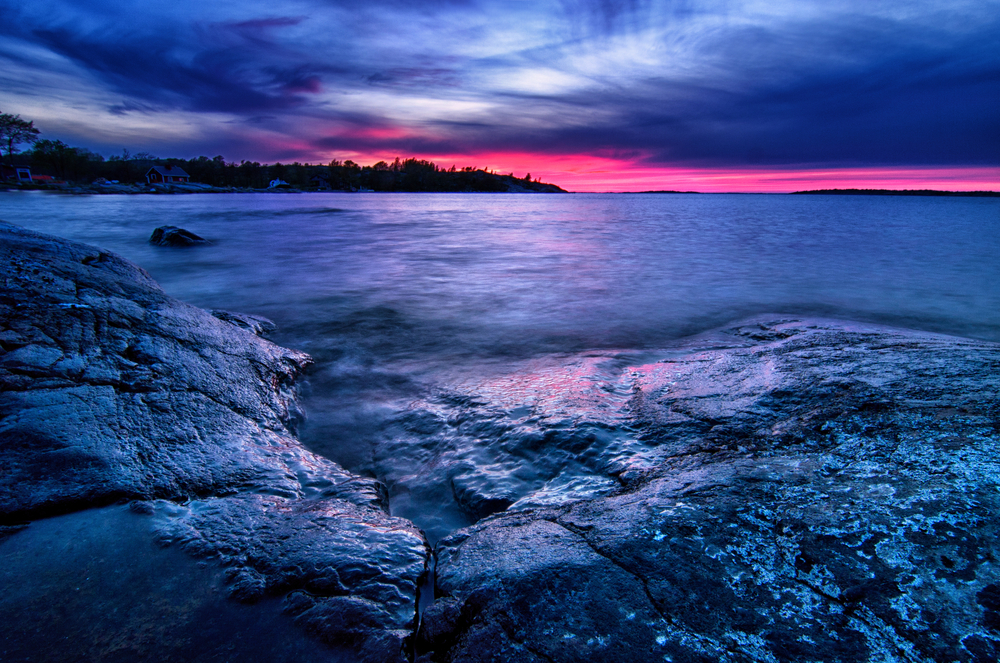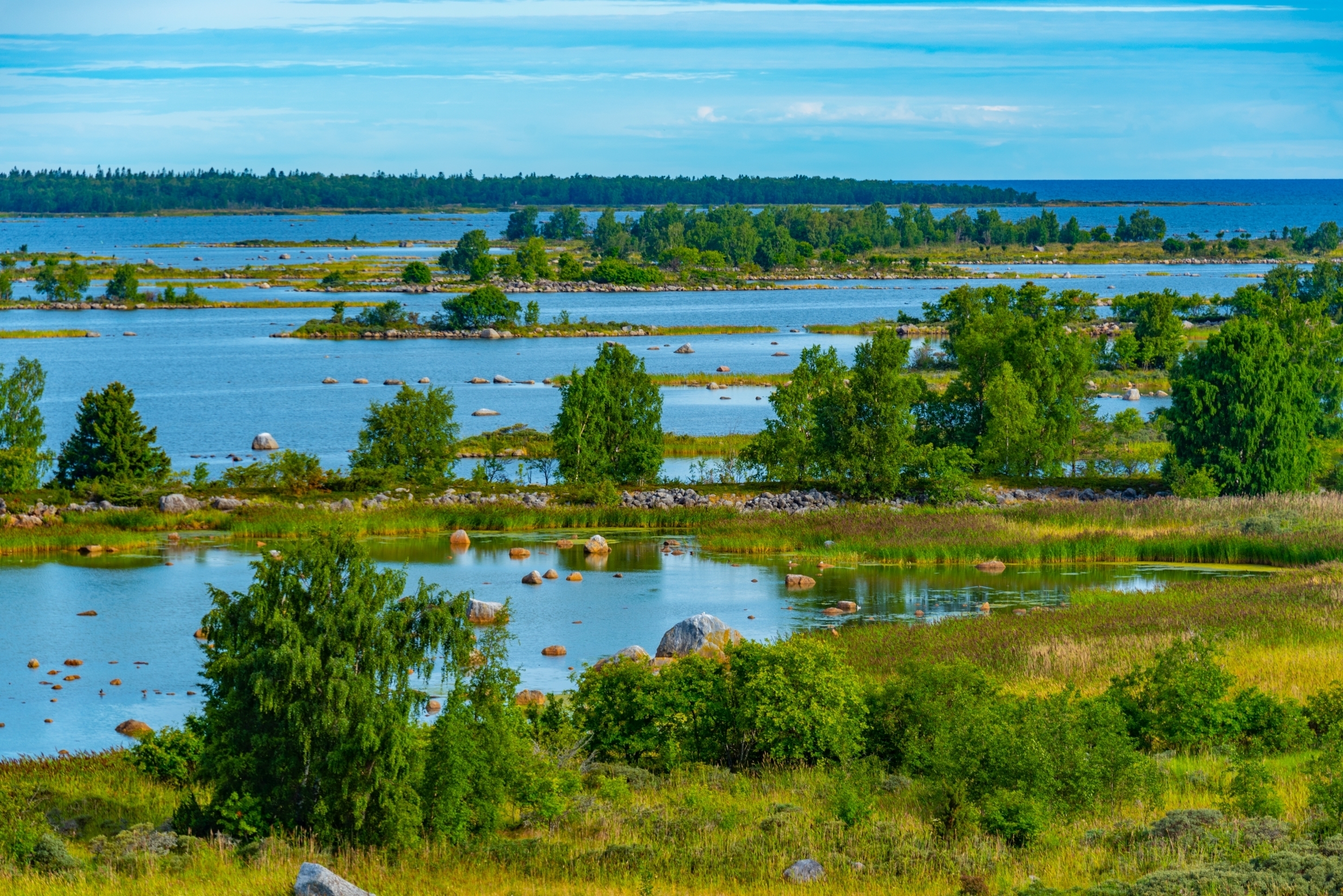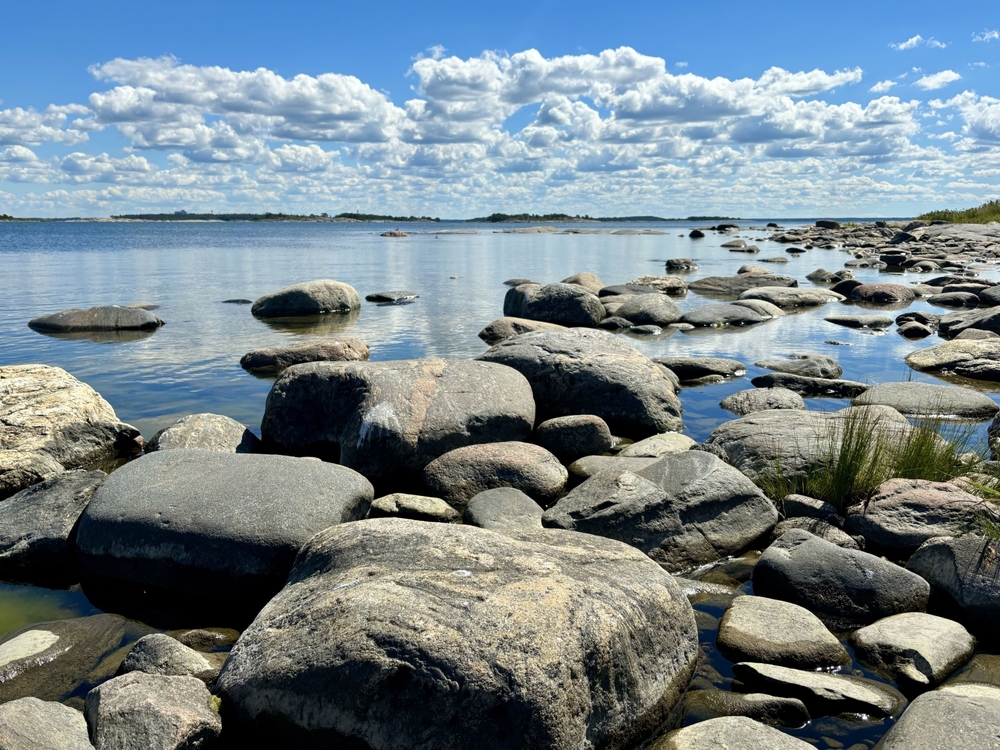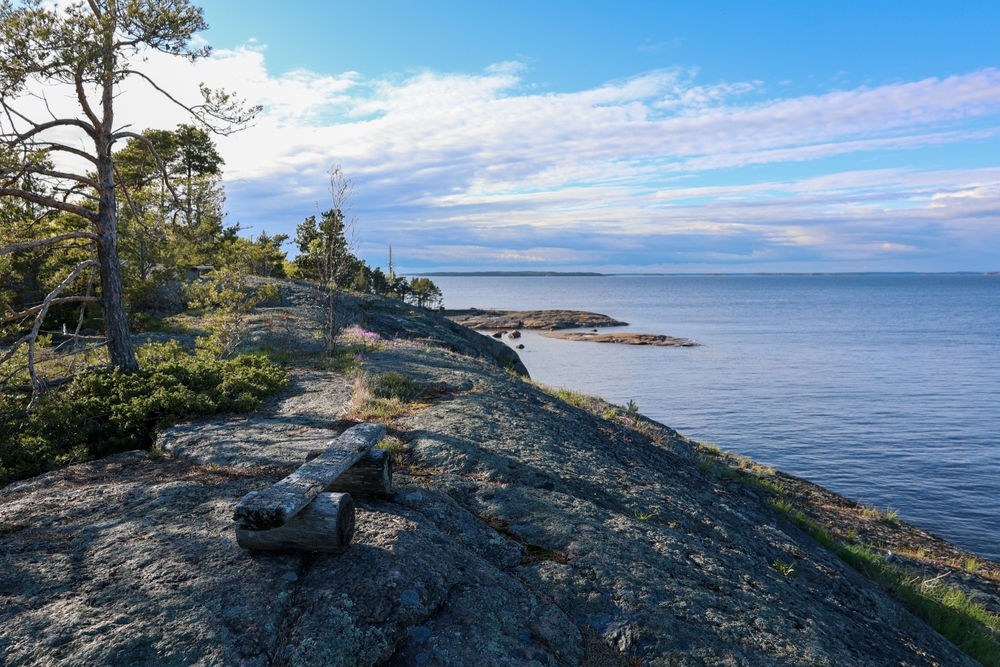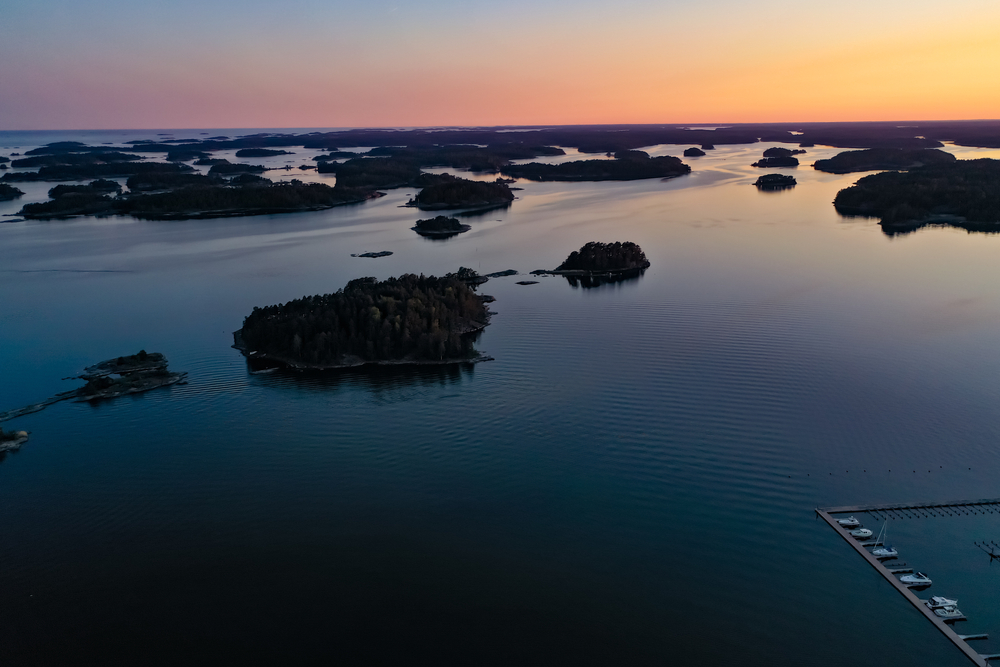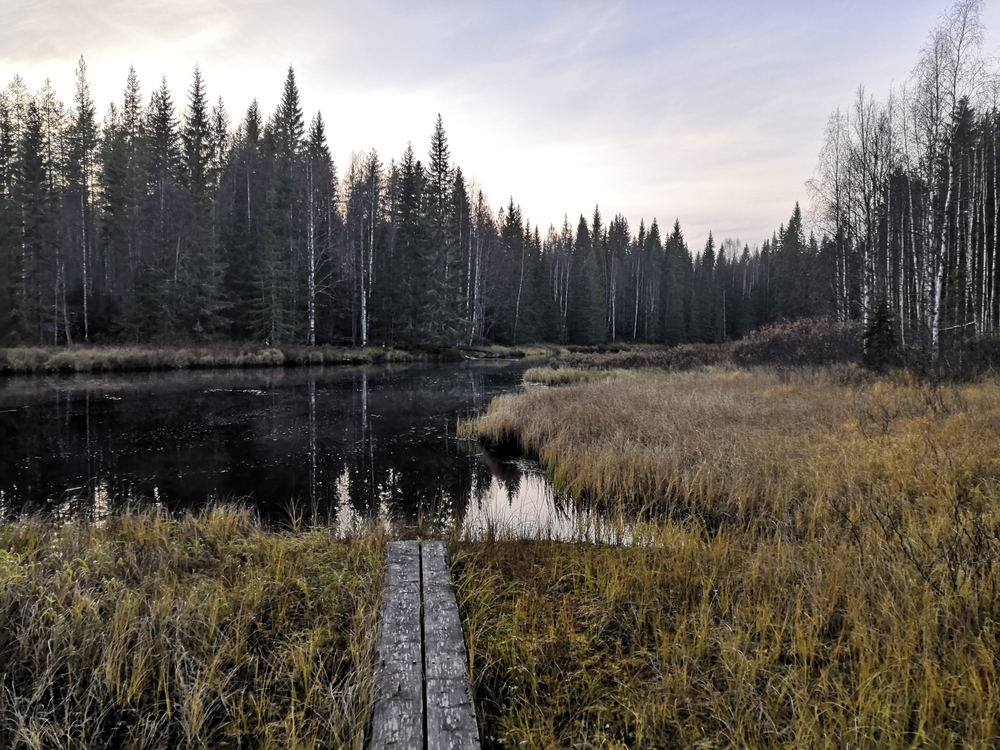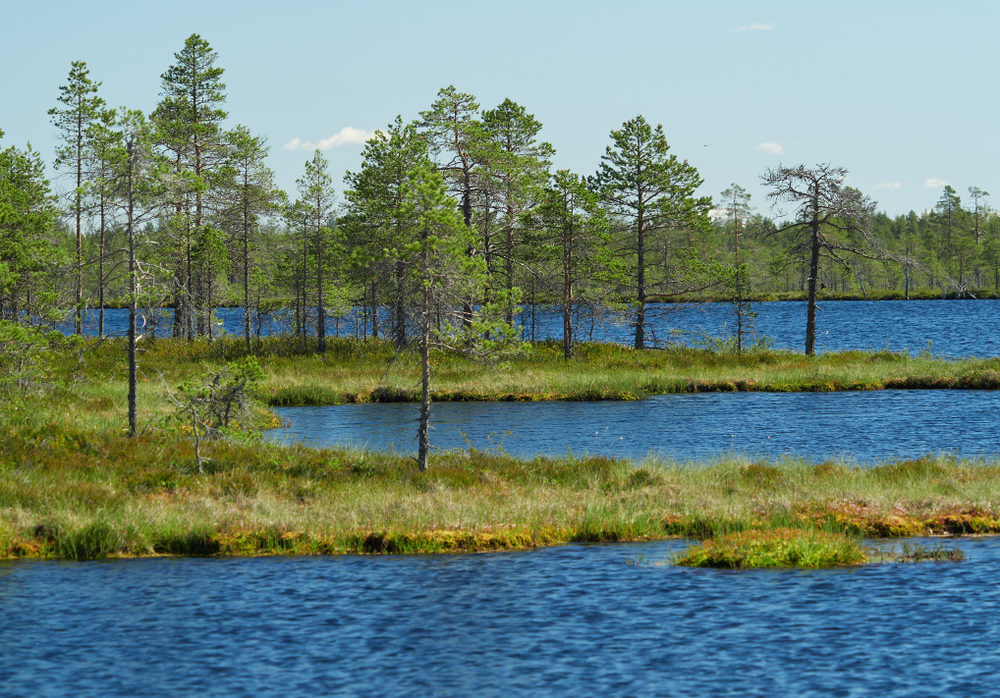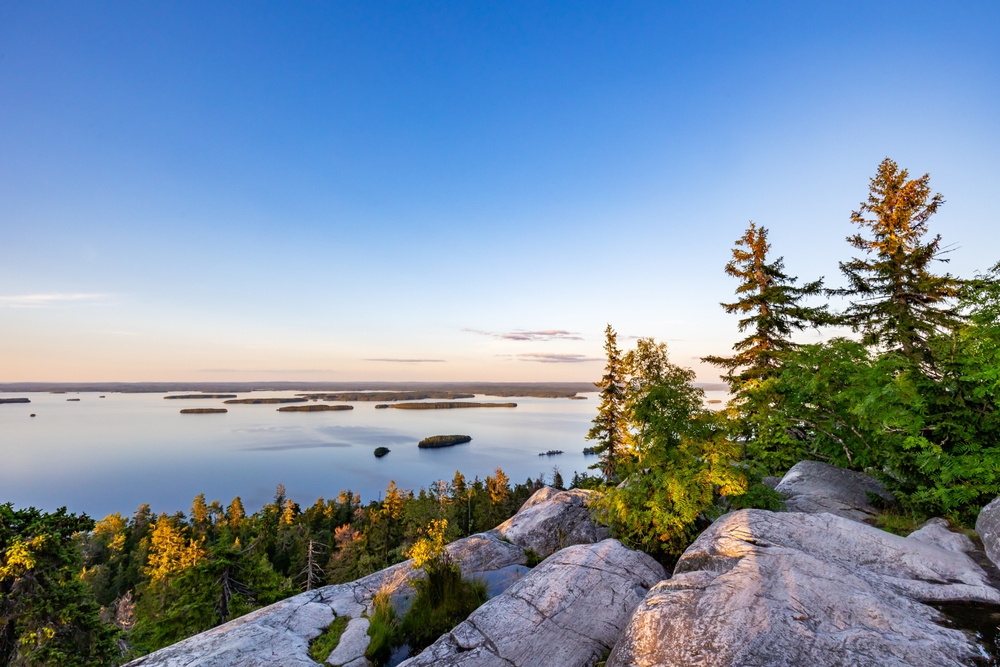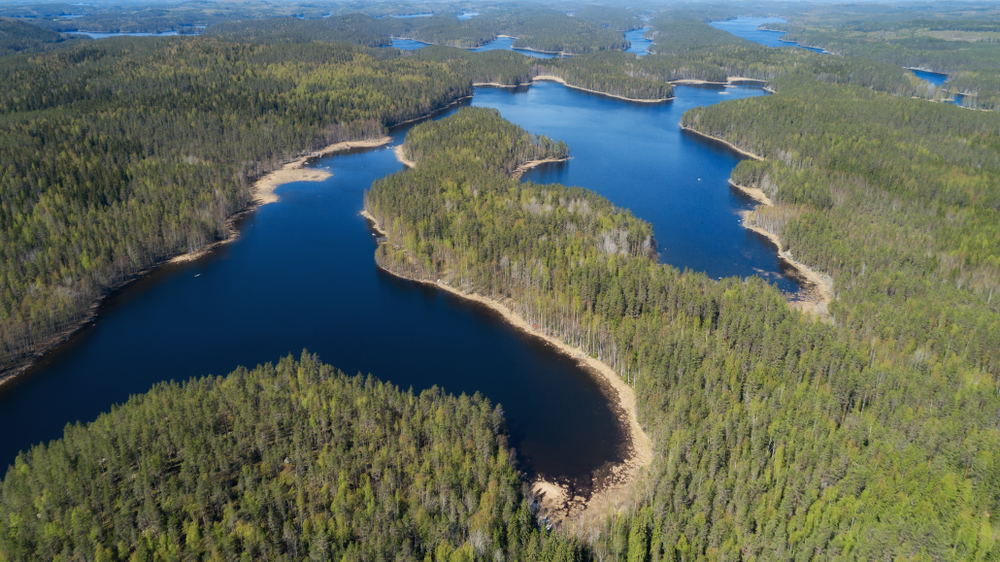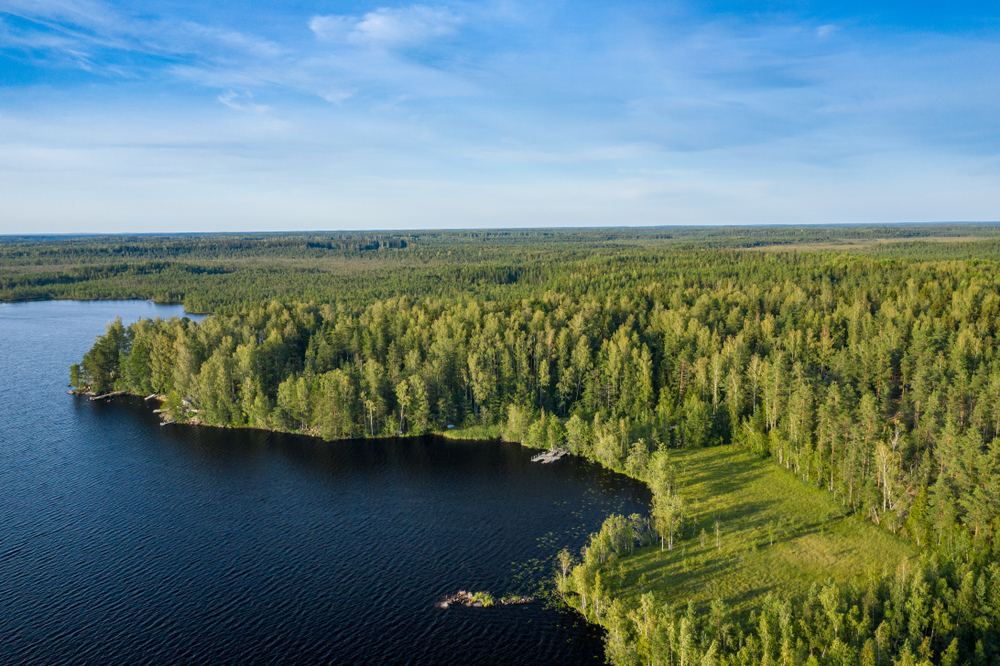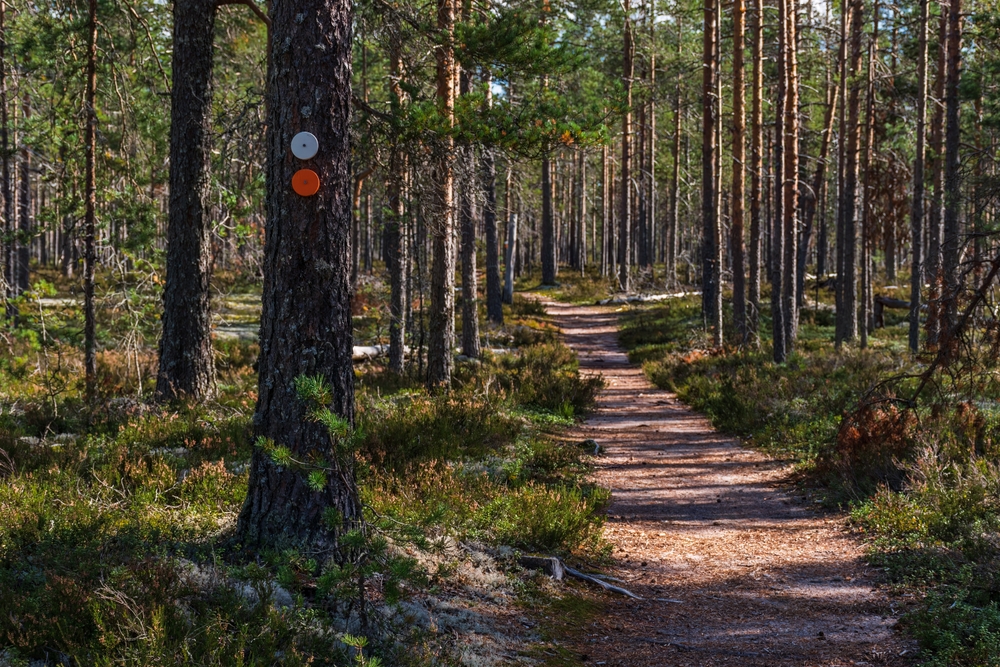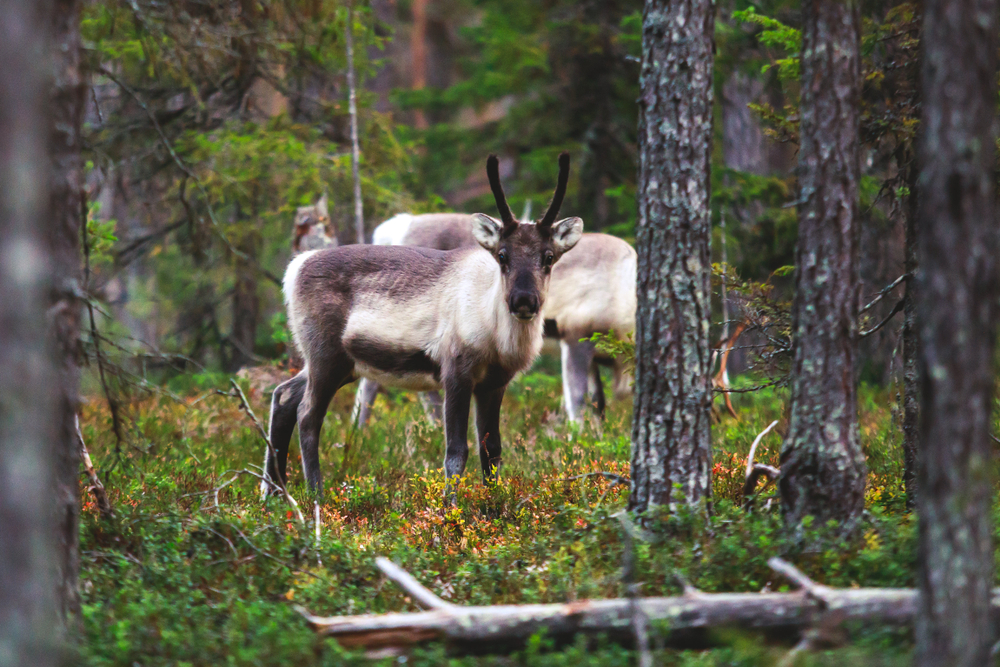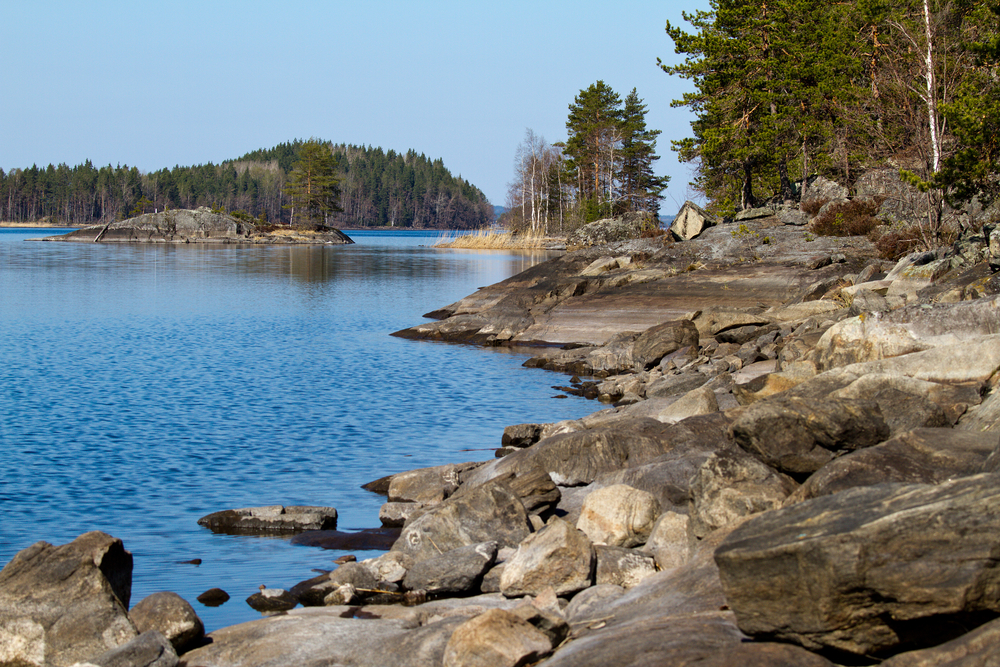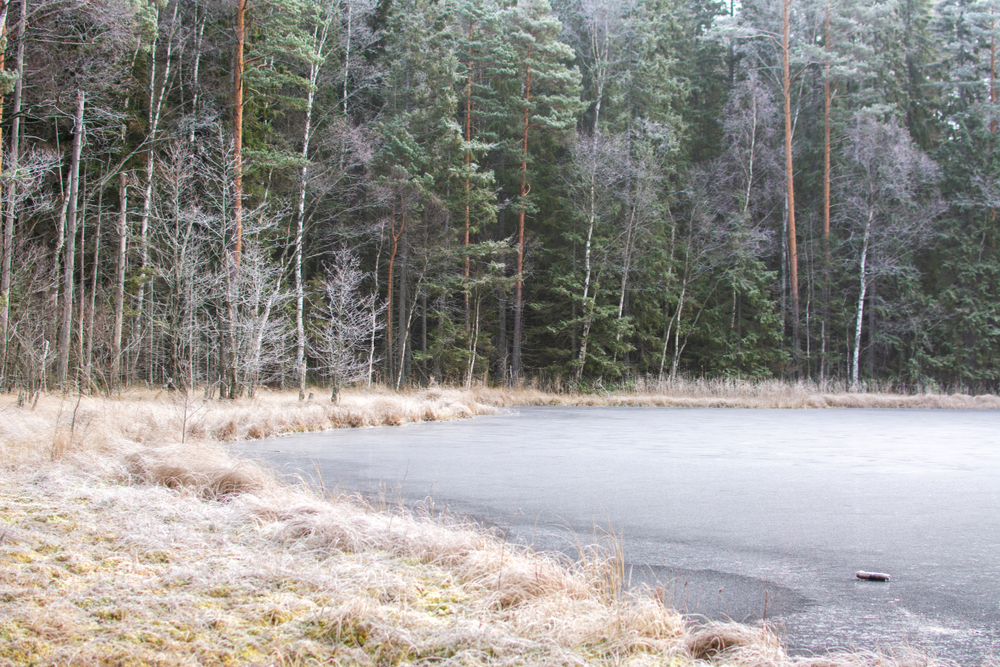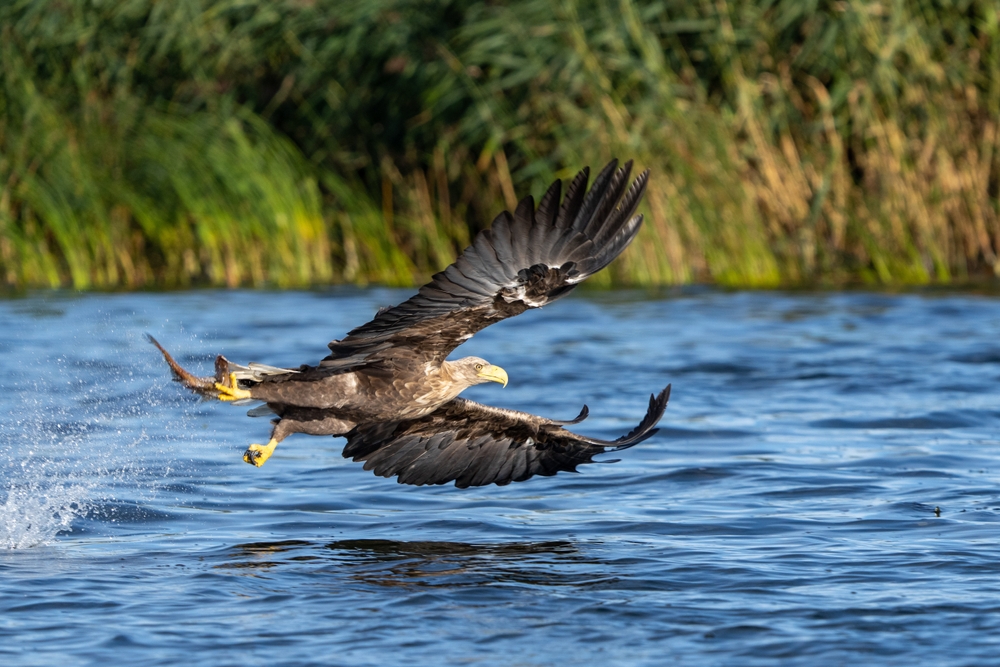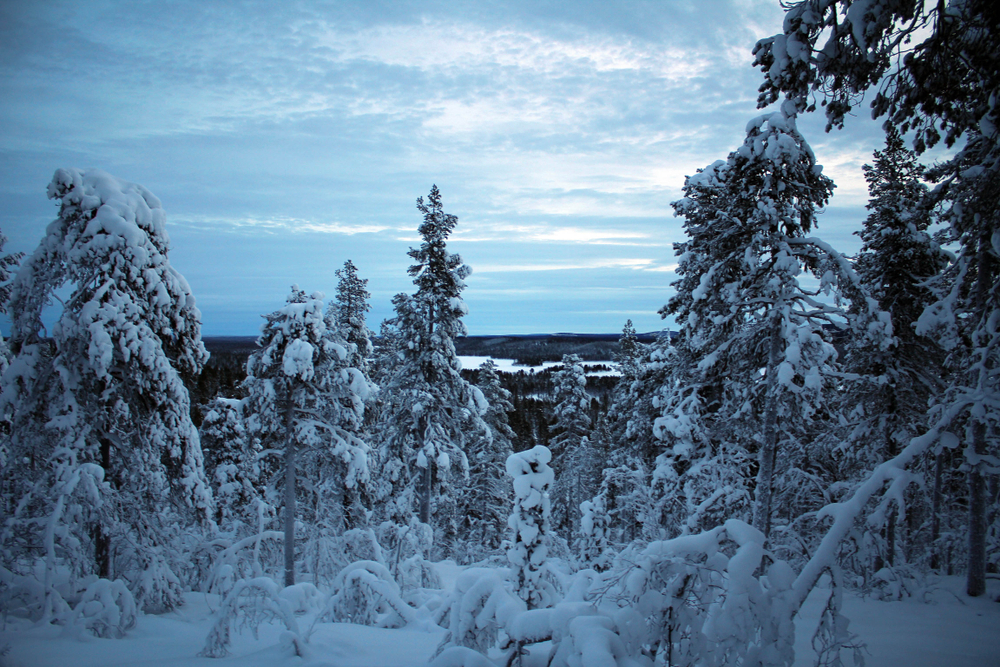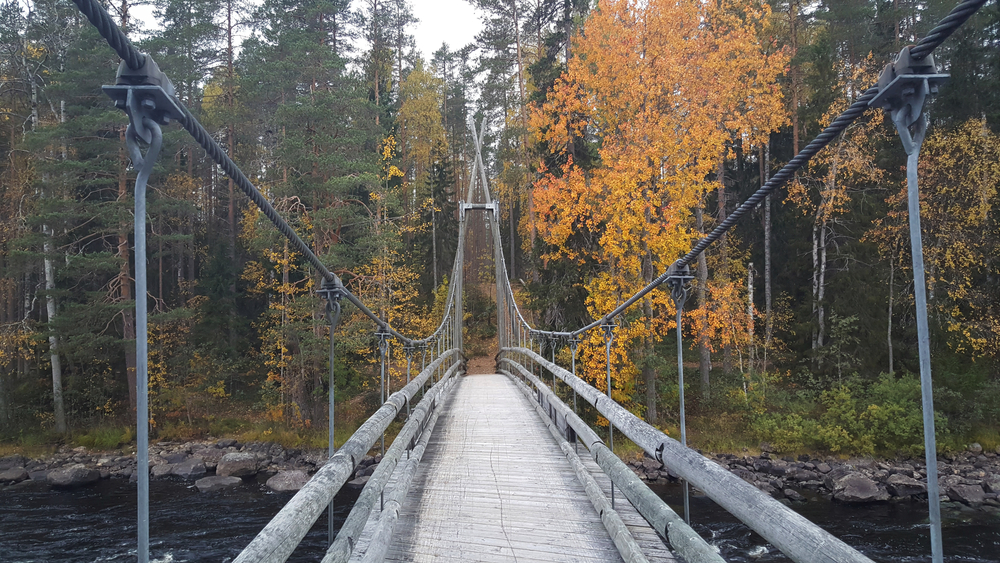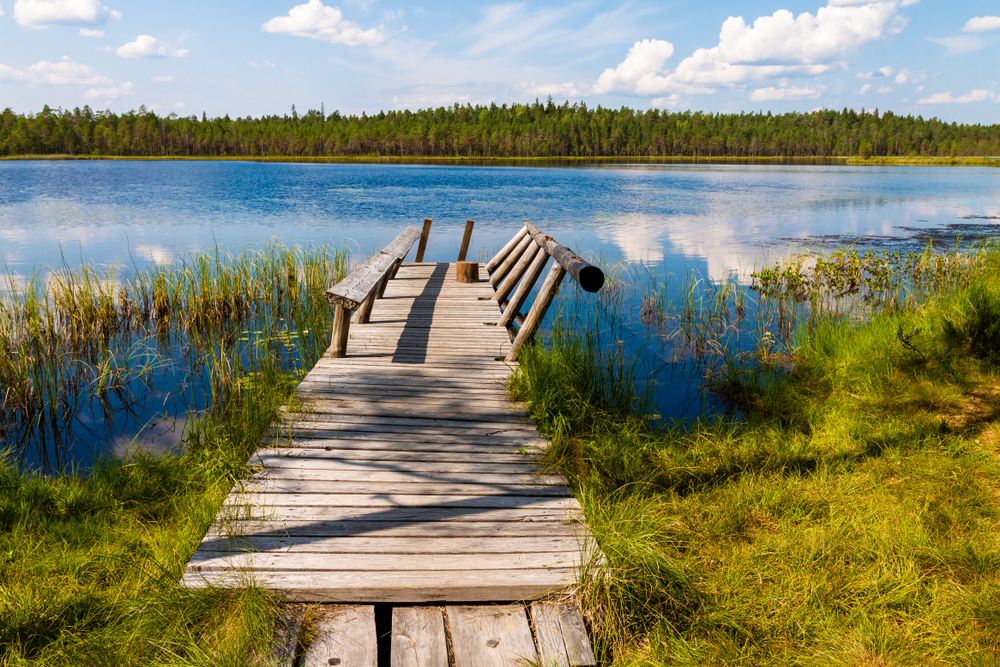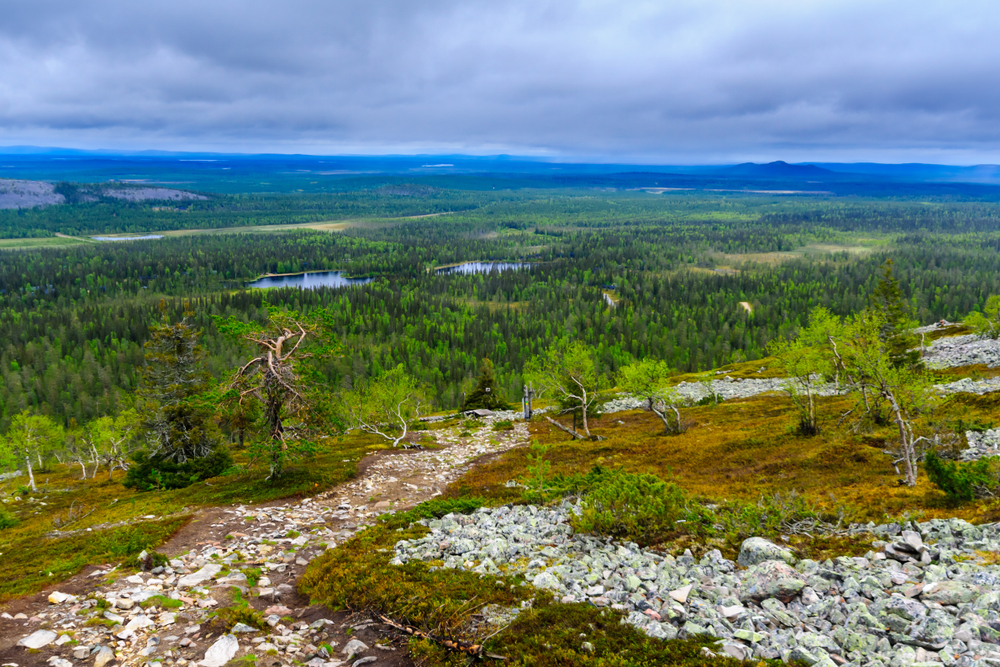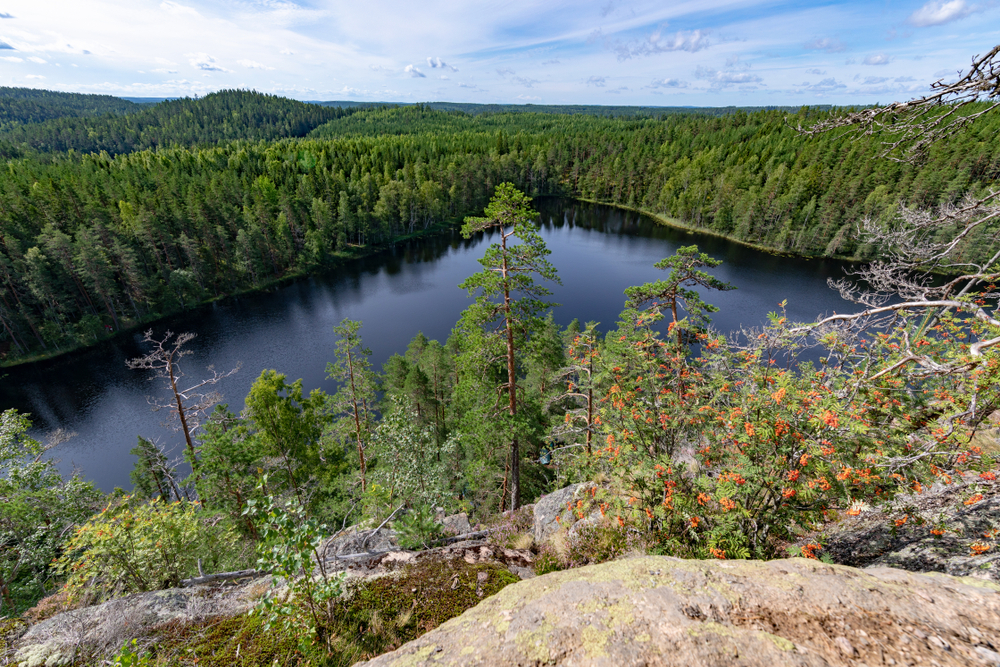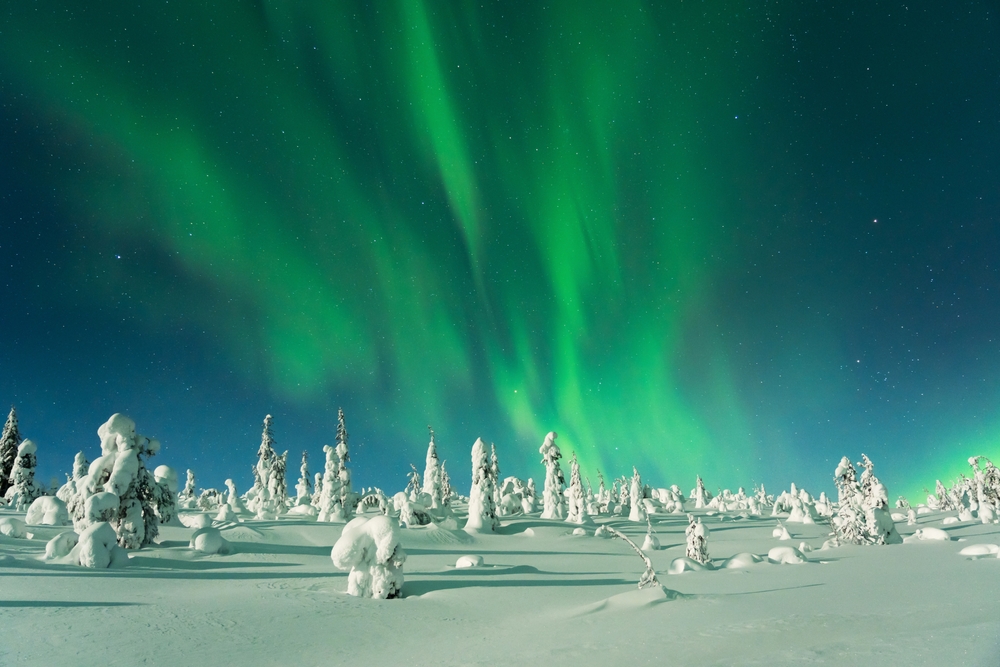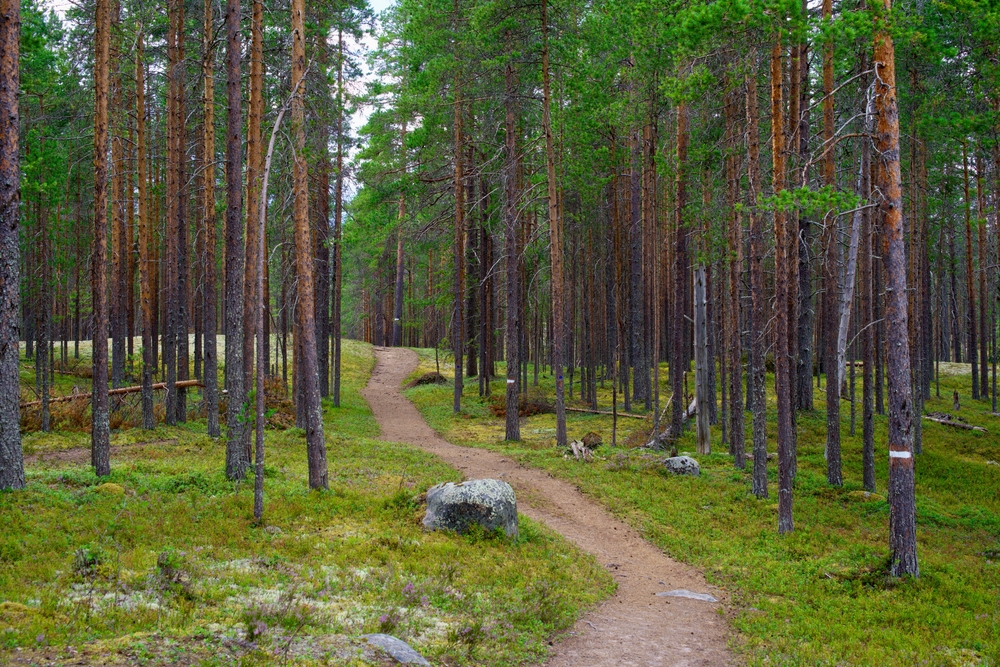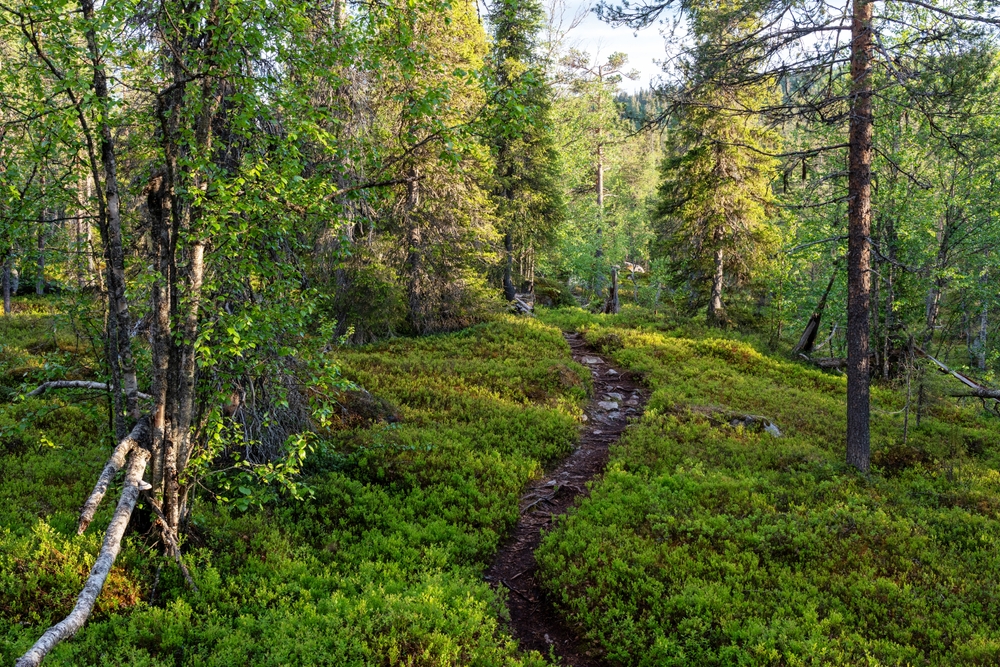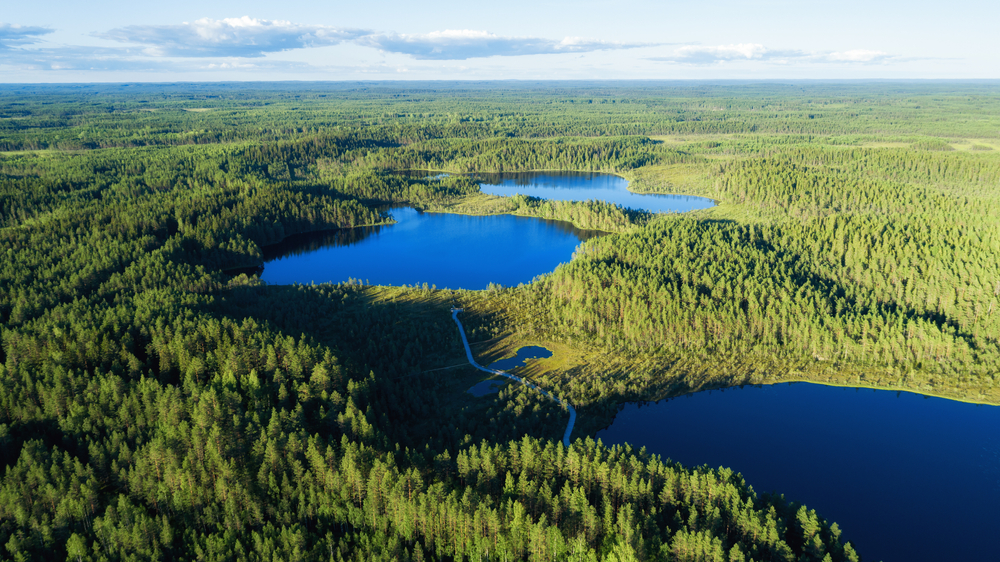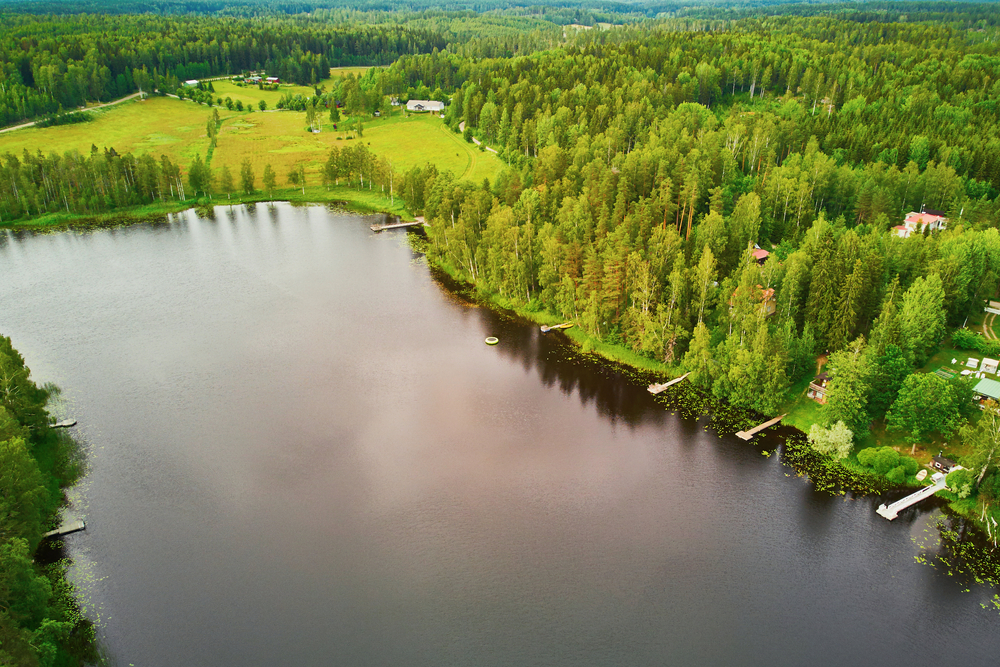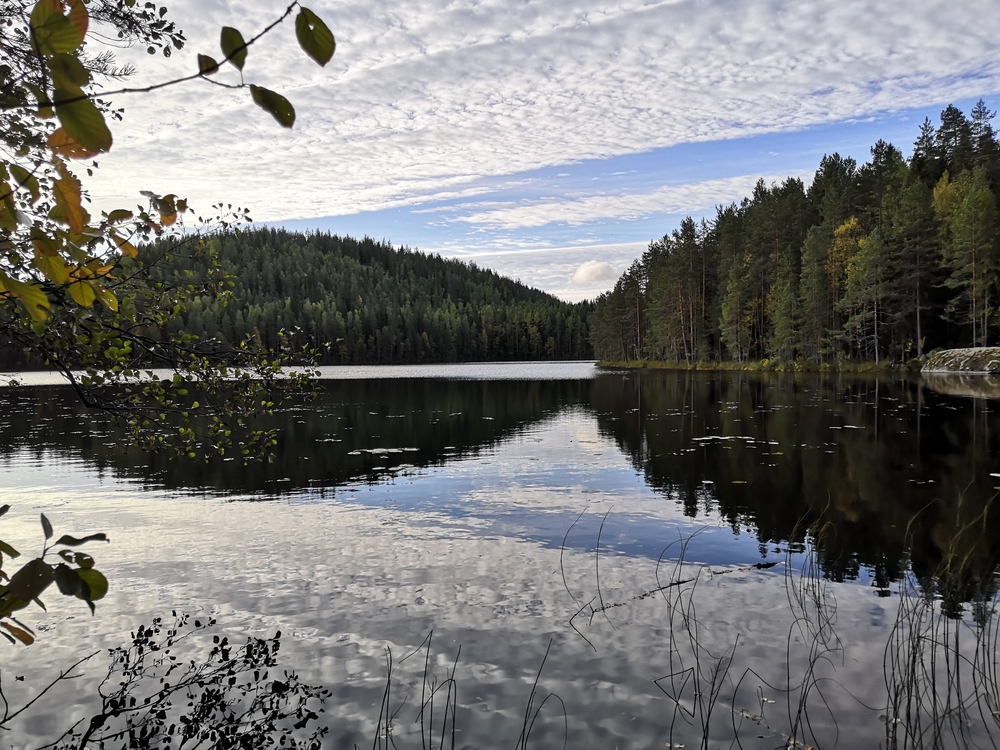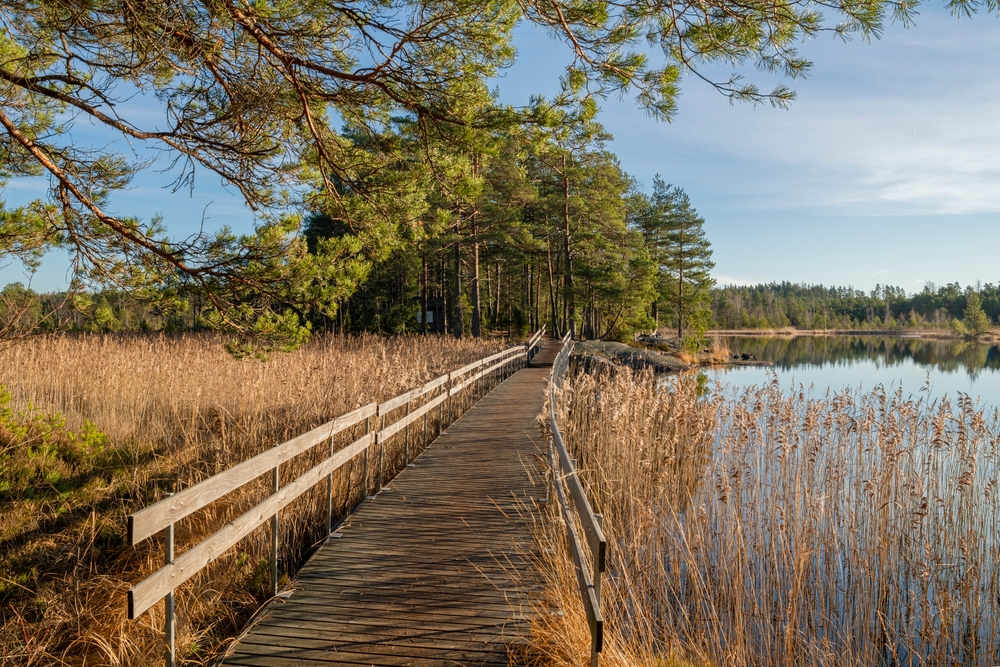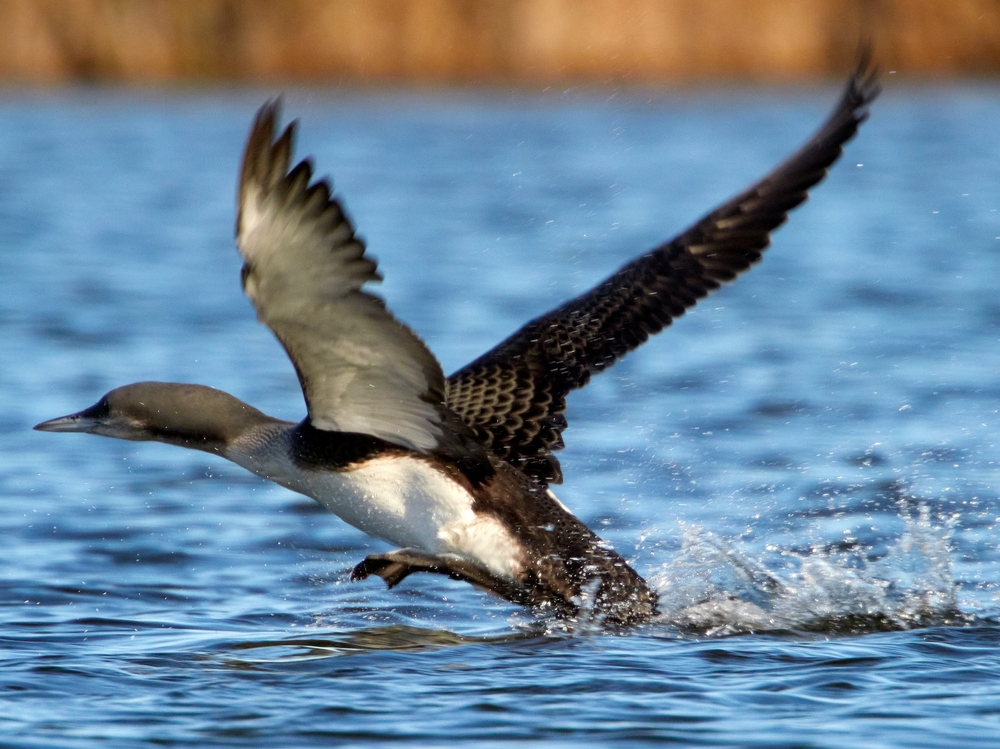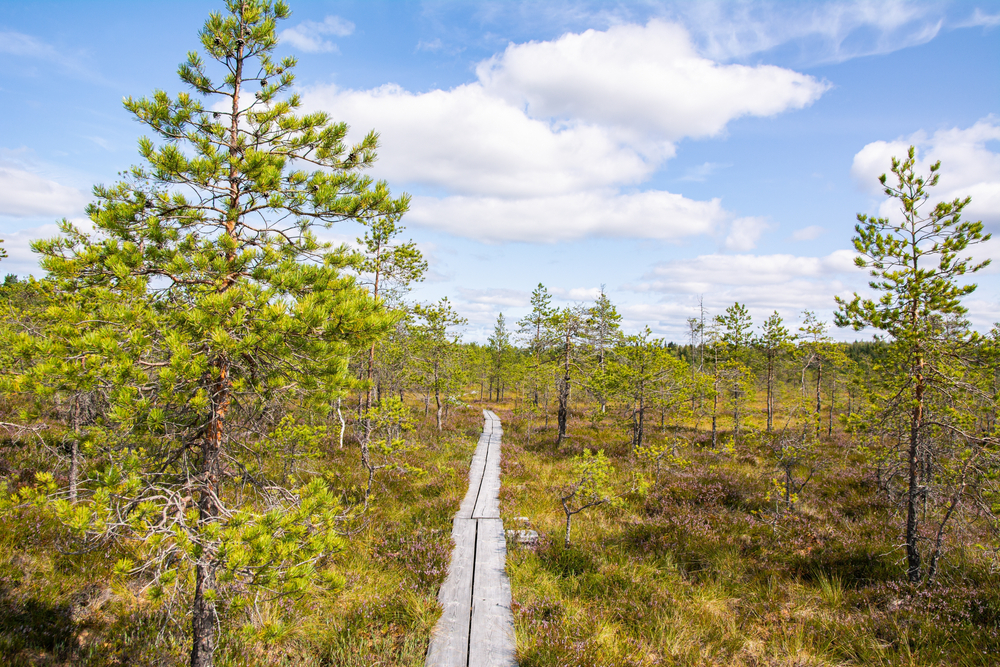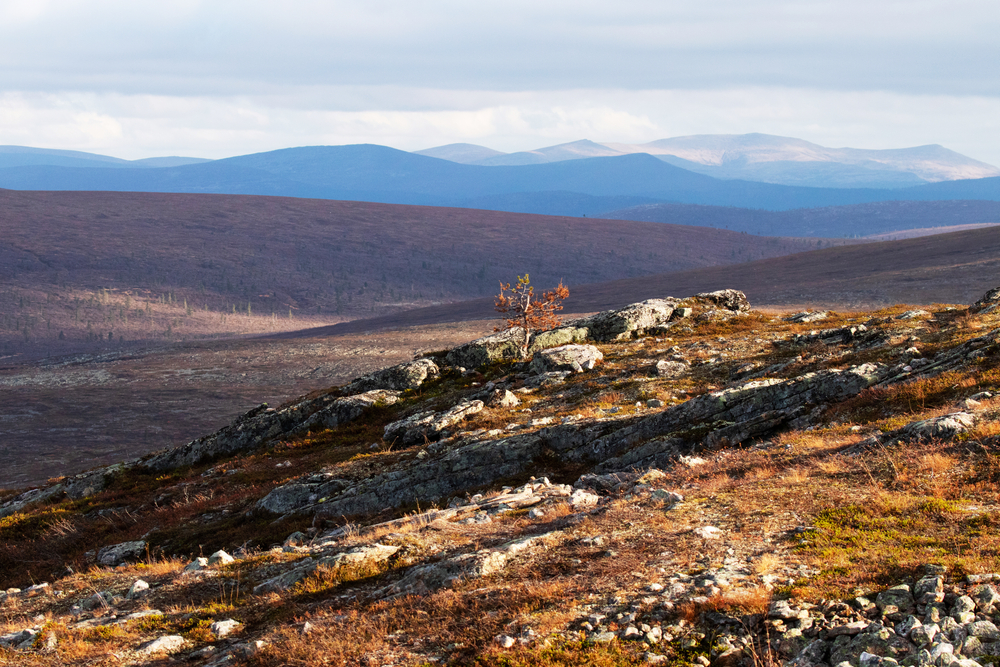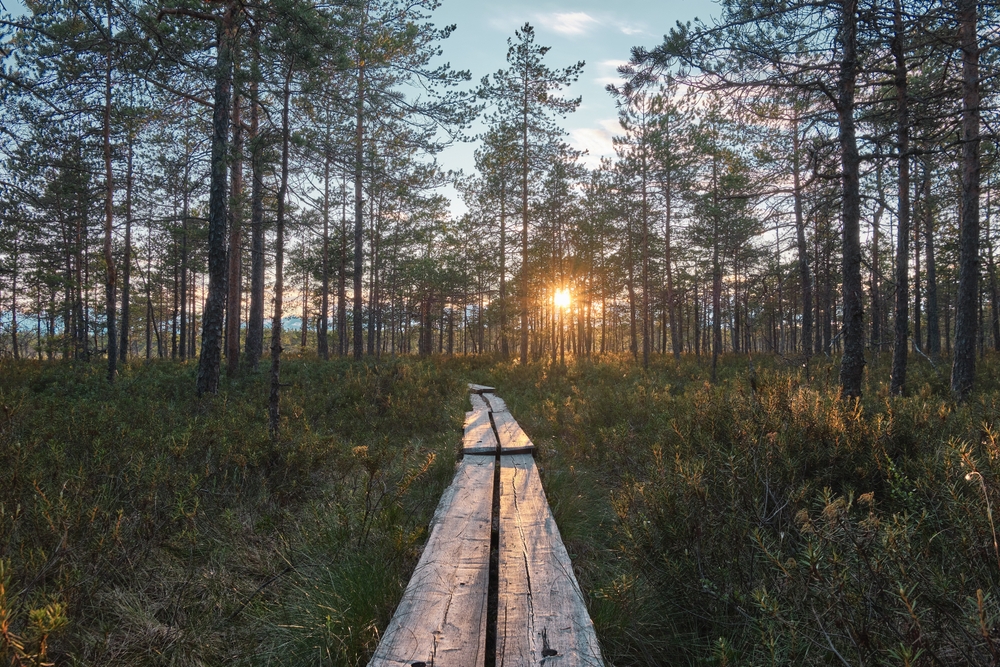Finland is home to 41 national parks, showcasing an impressive range of natural beauty and ecological diversity. Spread across the country, these parks cover various terrains, from arctic fells in the north to pristine archipelagos in the south. Finland’s national parks are havens for biodiversity, offering habitats to unique wildlife like bears, lynx, reindeer, and a myriad of bird species. With each season bringing distinct landscapes, these parks are popular year-round for outdoor enthusiasts seeking tranquility or adventure.
One of Finland’s most renowned national parks is Pallas-Yllästunturi National Park, located in Lapland. It is the country’s third-largest national park and a prime destination for hikers. The park’s rugged fells, ancient pine forests, and crystal-clear lakes provide a serene backdrop for the 350 kilometers of marked trails. Visitors often marvel at its pristine air quality, among the cleanest in the world. During winter, the park transforms into a snowy wonderland, attracting skiers and those hoping to witness the Northern Lights.
Nuuksio National Park, just outside Helsinki, is a perfect escape for city dwellers. Its proximity to the capital makes it one of Finland’s most accessible parks. Nuuksio offers a mix of lush forests, small lakes, and dramatic cliffs. It is ideal for activities such as hiking, canoeing, and berry-picking. The park also supports several rare species, including the endangered Siberian flying squirrel, making it an essential site for conservation efforts.
For those drawn to the archipelago, Archipelago National Park in southwestern Finland offers a unique maritime experience. This park encompasses thousands of islands and islets, forming a rich mosaic of natural beauty. Visitors can explore the park by boat or kayak, enjoying the vibrant marine ecosystem and charming fishing villages. Conservation efforts here focus on protecting delicate marine habitats and traditional islander culture.
Another highlight is Urho Kekkonen National Park, situated in eastern Lapland. This vast park is known for its wilderness appeal, with endless stretches of untouched tundra, forests, and rivers. It’s a favorite for trekking and backcountry skiing. Reindeer herding is an integral part of the local culture, and visitors can often learn about Sámi traditions while exploring this park.
Koli National Park, in eastern Finland, is celebrated for its iconic landscape of rolling hills and expansive views of Lake Pielinen. This park has inspired Finnish artists and poets for centuries. It’s also an excellent spot for hiking, skiing, and cultural exploration, as it preserves historical slash-and-burn agricultural practices.
Finland’s national parks face conservation challenges, such as managing visitor impact and climate change effects on sensitive ecosystems. However, they are also conservation success stories. Effective park management, community involvement, and sustainable tourism initiatives ensure these natural treasures are preserved for future generations.
Alphabetical list of Finland National Parks










































































